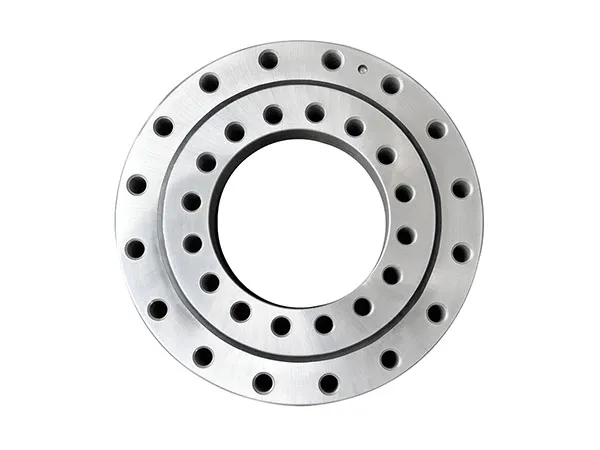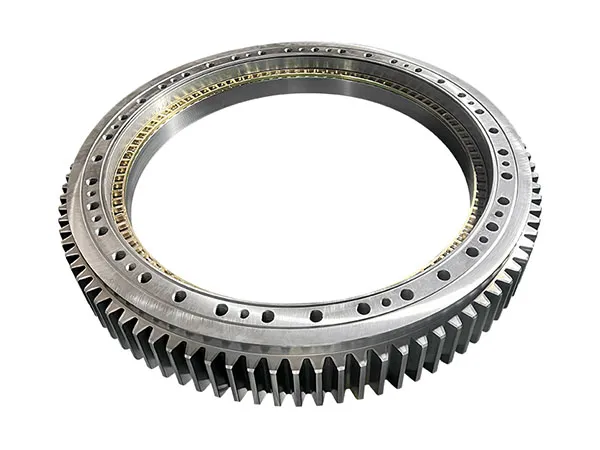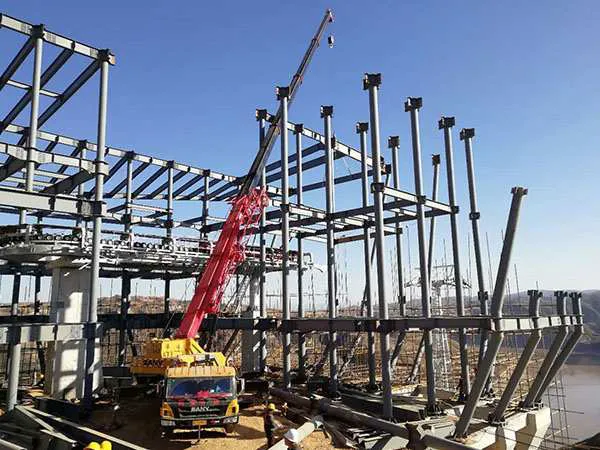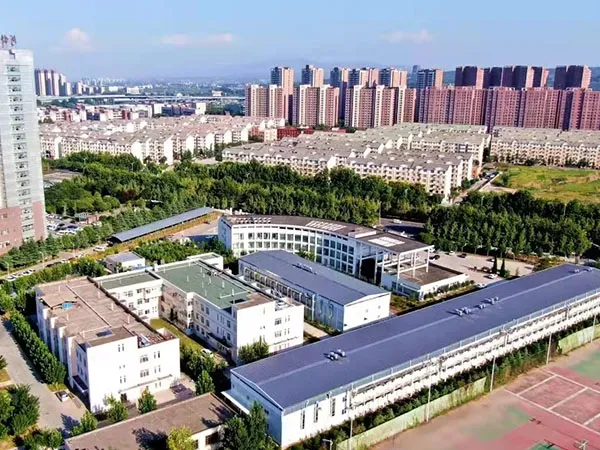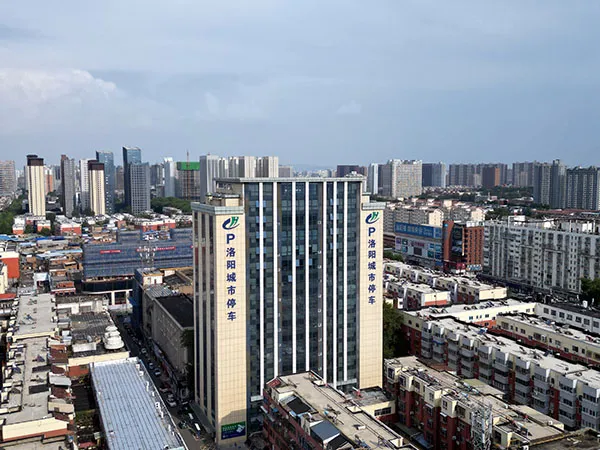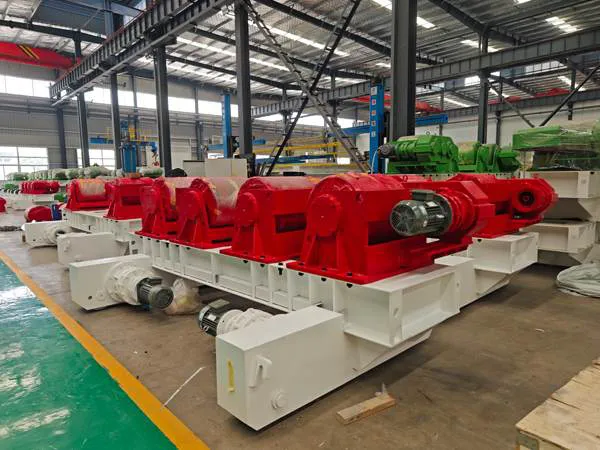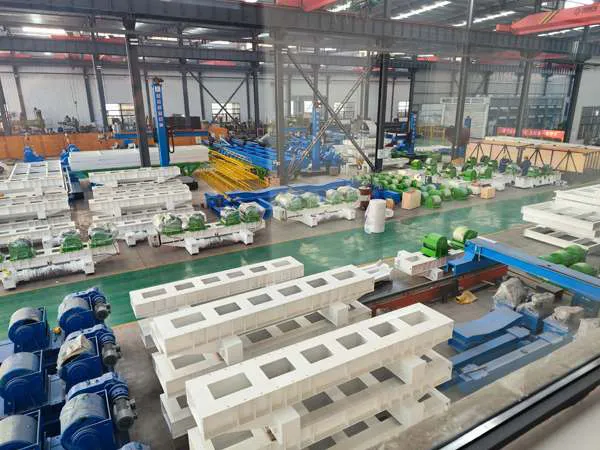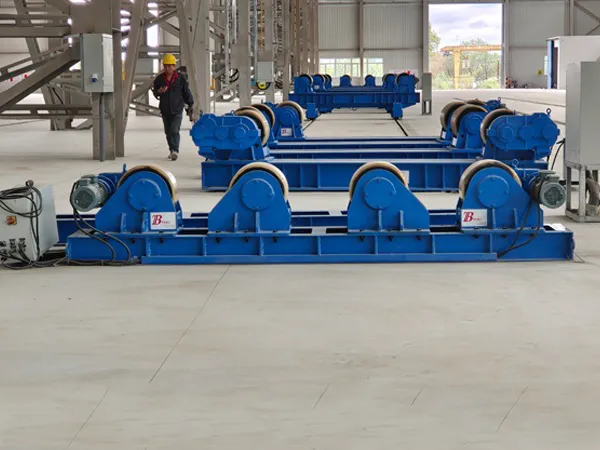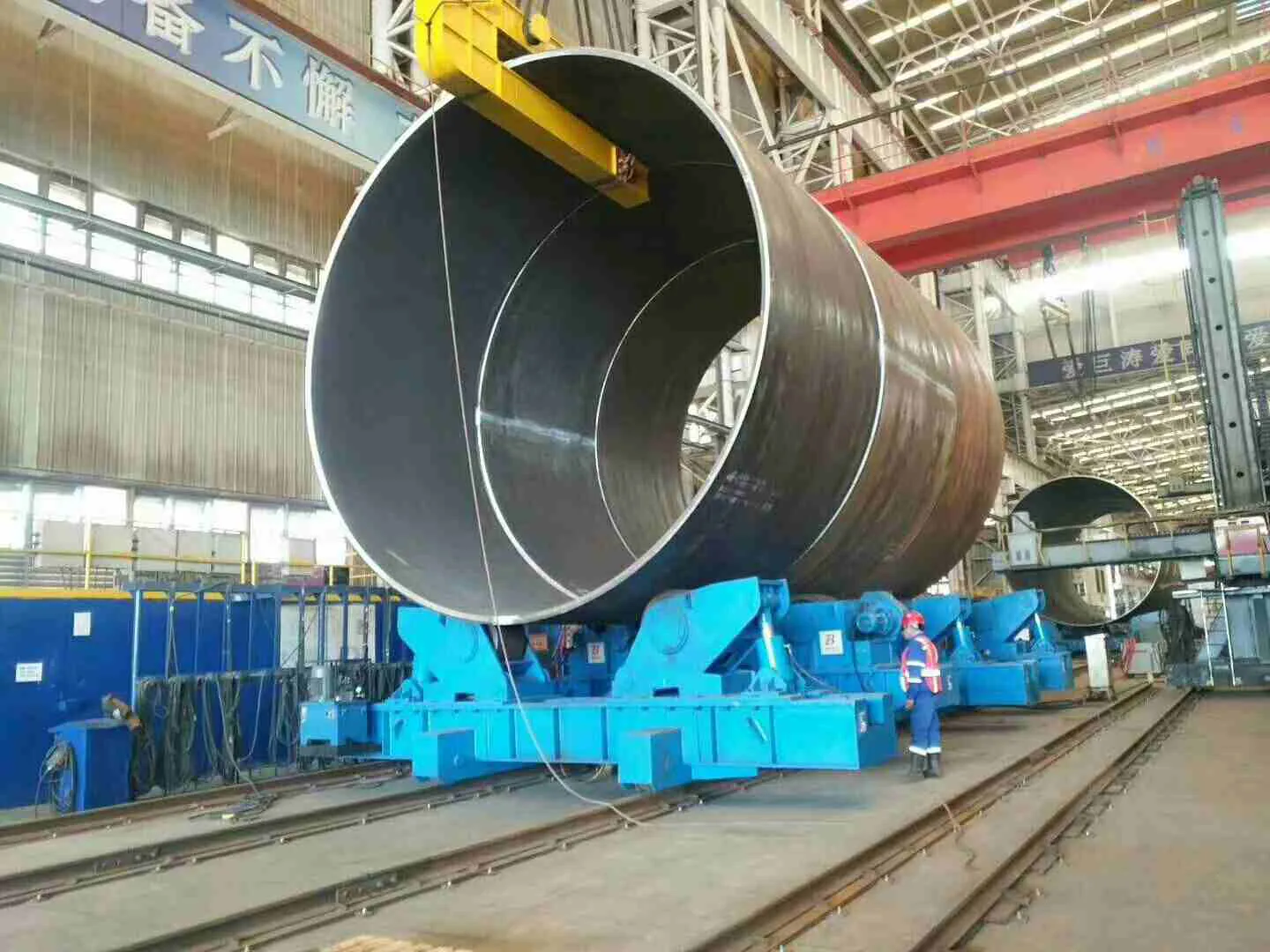En los grandes planos de la arquitectura moderna, A menudo nos maravillamos ante los imponentes rascacielos y los majestuosos puentes.. Sin embargo, bajo tierra, existe una tecnología de ingeniería igualmente crucial pero a menudo pasada por alto: revestimiento del túnel. como el “piel” y “esqueleto” de un tunel, salvaguarda silenciosamente su seguridad y estabilidad, y es un componente indispensable de la construcción de infraestructura moderna.
Así, ¿Qué es exactamente? revestimiento del túnel? ¿Por qué es tan crucial en la ingeniería moderna??
¿Qué es el revestimiento de túneles??

Simplemente pon, El revestimiento del túnel se refiere a una o más capas de estructura aplicadas al interior de la pared del túnel después de la excavación del mismo.. Generalmente está compuesto de hormigón armado., hormigón proyectado, arcos de acero, segmentos prefabricados, o materiales compuestos. Sus funciones principales son:
Sostener la roca circundante y prevenir el colapso.: Después de la excavación del túnel, La roca y el suelo circundantes pierden su soporte original y se vuelven inestables.. El forro proporciona contraapoyo., suprimiendo eficazmente la deformación de la roca circundante, prevenir el colapso del túnel, y garantizar la seguridad de los trabajadores de la construcción y de los futuros usuarios. Soportar cargas externas: El revestimiento debe resistir la presión geotécnica de los estratos suprayacentes., presión del agua subterránea, cargas sísmicas, e incluso cargas dinámicas que puedan surgir durante el funcionamiento. Debe poseer suficiente fuerza y rigidez para soportar estas complejas fuerzas externas..
Impermeabilización y Antifiltraciones: El agua subterránea representa un gran desafío en la construcción de túneles. El revestimiento forma una barrera impermeable., Evitar que el agua subterránea entre al túnel., Proteger la estructura del túnel y el equipo interno contra daños por agua., al mismo tiempo que proporciona un ambiente de paso seco y cómodo.
…
Para obtener información más detallada sobre qué es el revestimiento de túneles y por qué es tan importante en la construcción moderna, por favor haga clic aquí: https://www.gf-bridge-tunnel.com/a/blog/role-of-tunnel-lining-in-modern-construction.html

